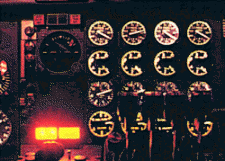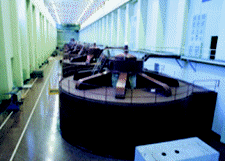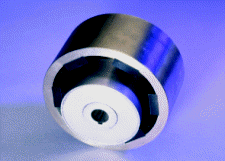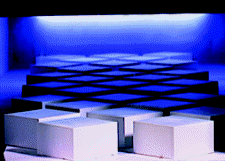Have Questions? Let us help!
We're passionate about innovation. Reach out and you'll hear back from an expert shortly.
One of our solution experts will be in touch with you shortly. Keep reading to learn more about our industry leading solutions.

The following information was reprinted with permission from Dexter Magnetic Technologies. For more information, visit their website at: www.dextermag.com
Permanent magnets are a vital part of modern life. They are found or used to produce almost every modern convenience today. The first permanent magnets were produced from naturally occurring rocks called lodestones. These stones were first studied over 2500 years ago by the Chinese and subsequently by the Greeks, who obtained the stone from the province of Magnesia, from which the material got its name. Since then, the properties of magnetic materials have been profoundly improved and today's permanent magnet materials are many hundreds of times stronger than the magnets of antiquity.
The term permanent magnet comes from the ability of the magnet to hold an induced magnetic charge after it is removed from the magnetizing device. Such devices may be other strongly magnetized permanent magnets, electromagnets or coils of wire that are briefly charged with electricity. Their ability to hold a magnetic charge makes them useful for holding objects in place, converting electricity to motive power and vice versa (motors and generators), or affecting other objects brought near them.
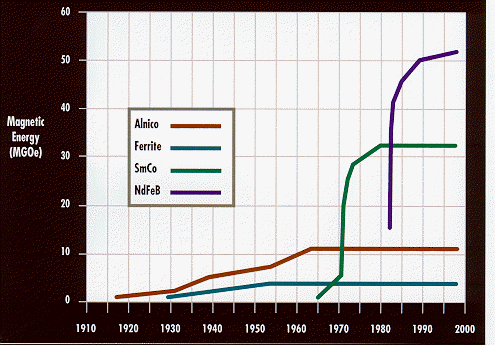
While there are an infinite number of applications for permanent magnets, they can be classified into four general groups:
